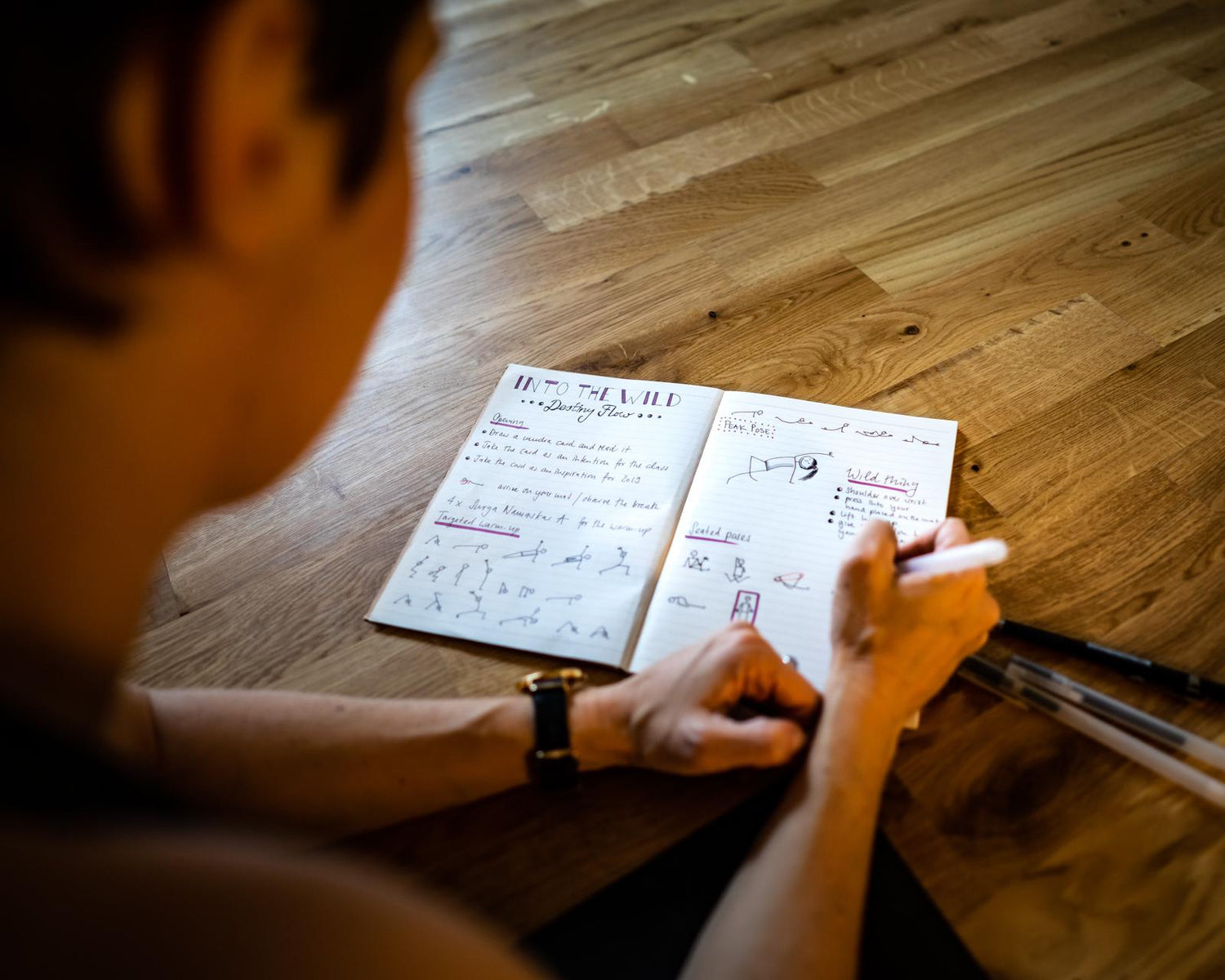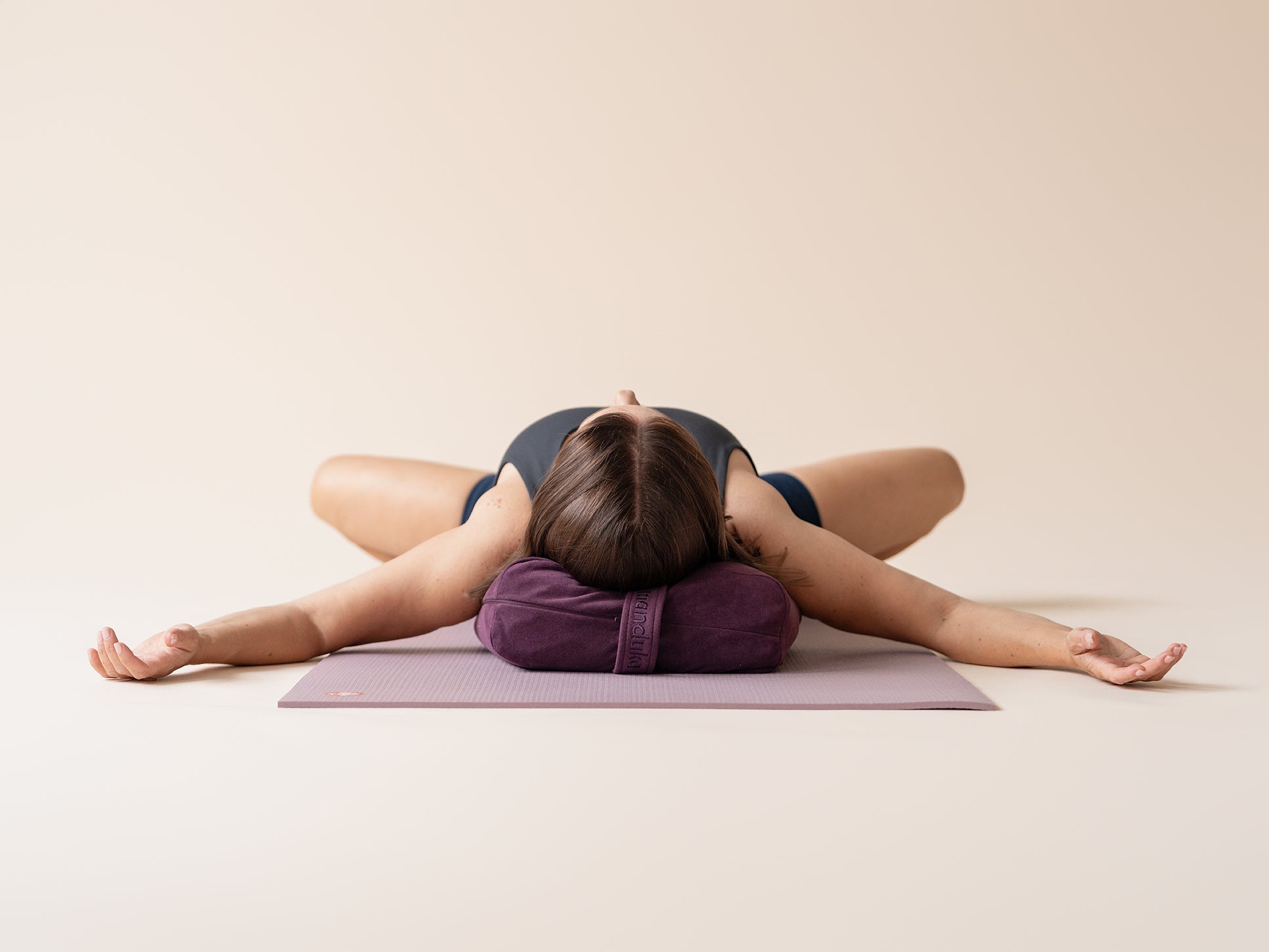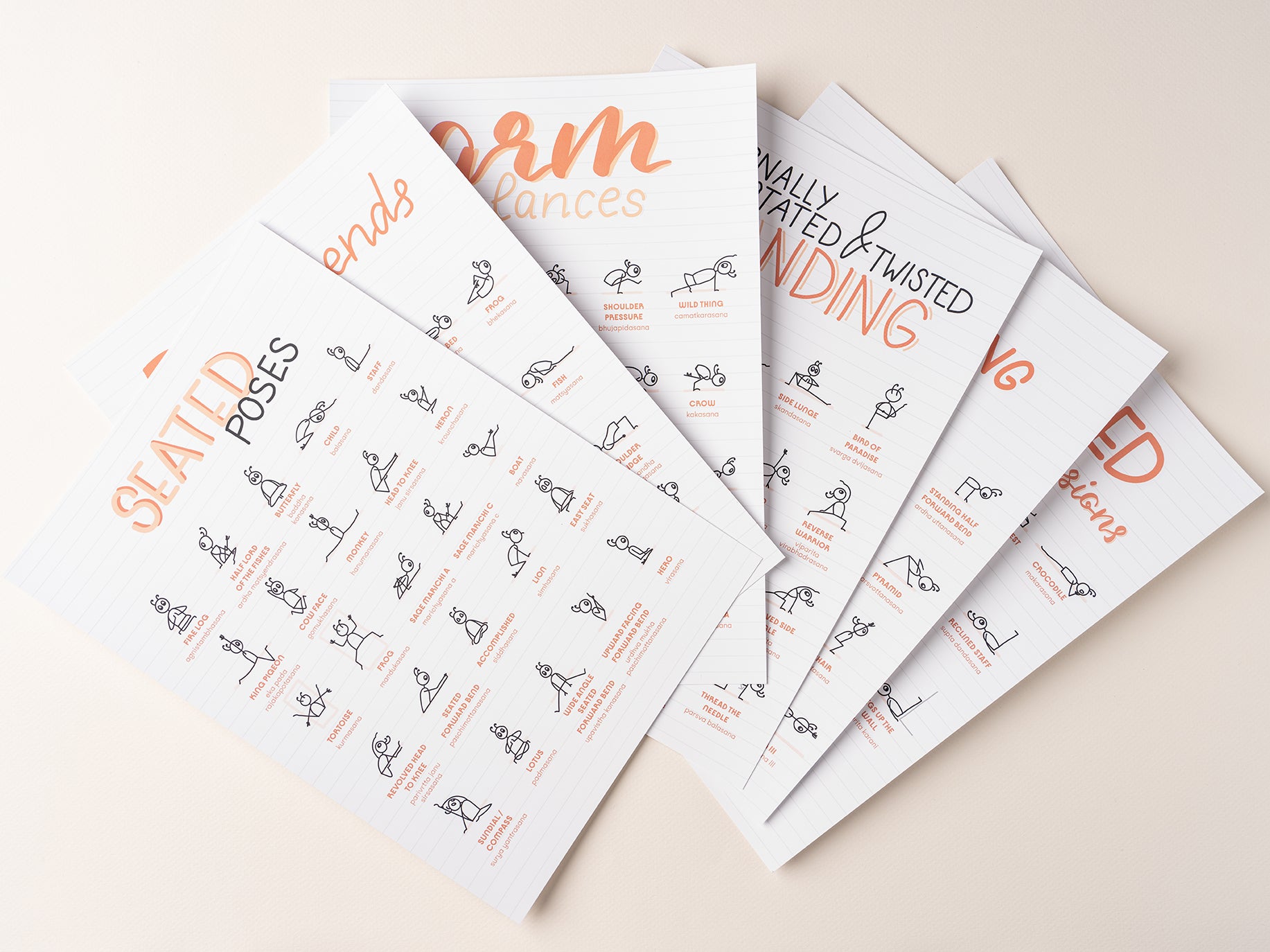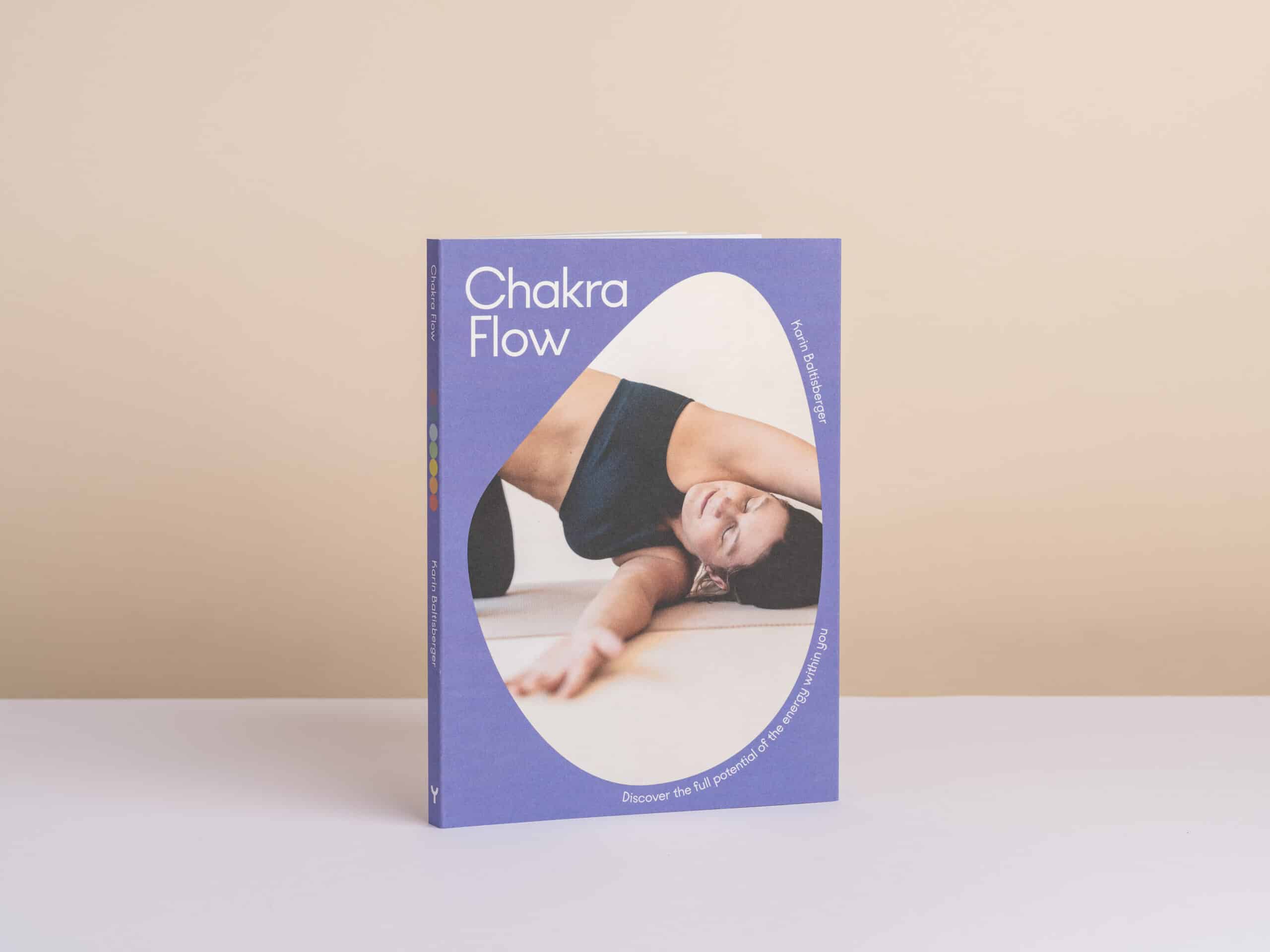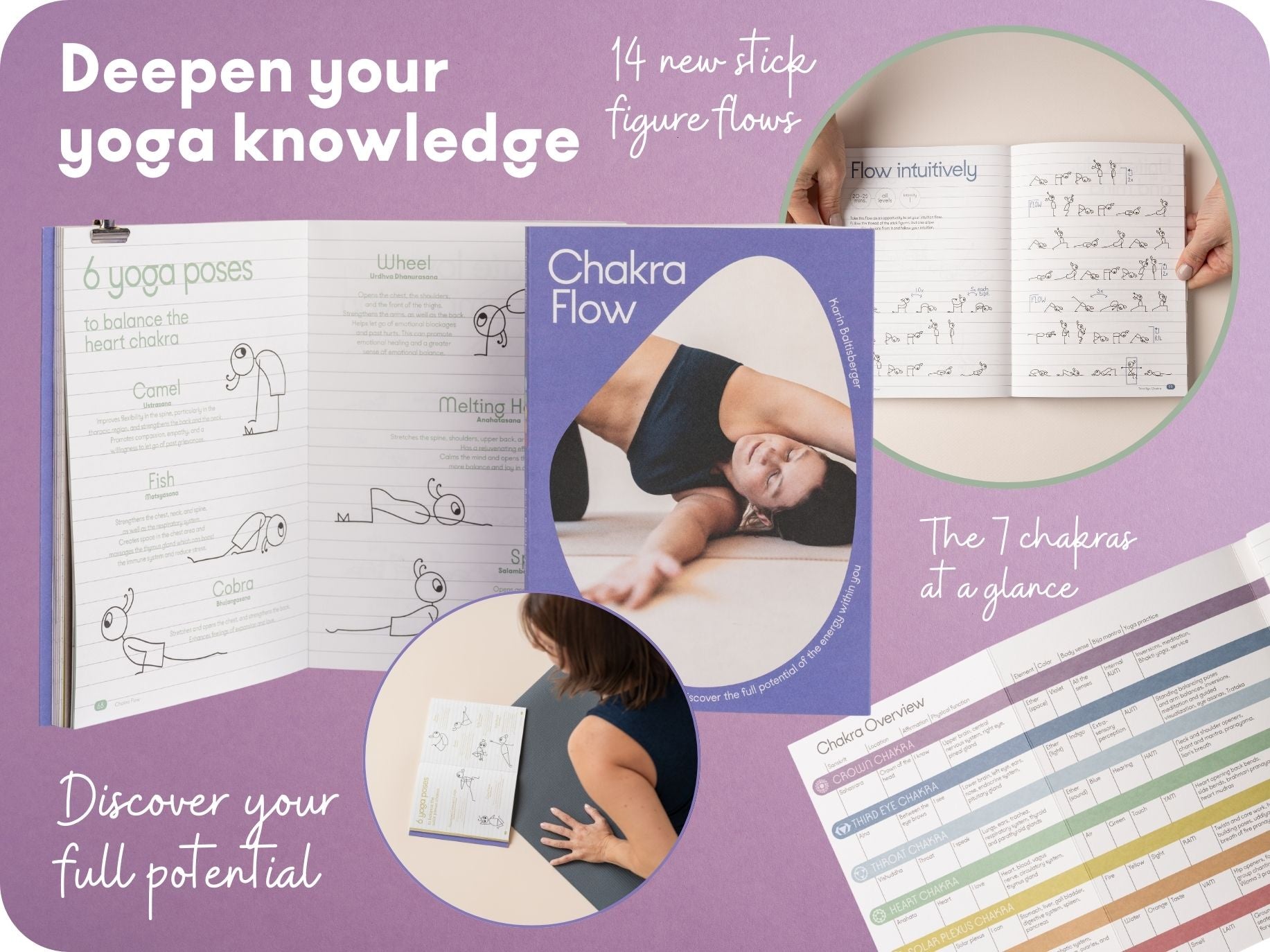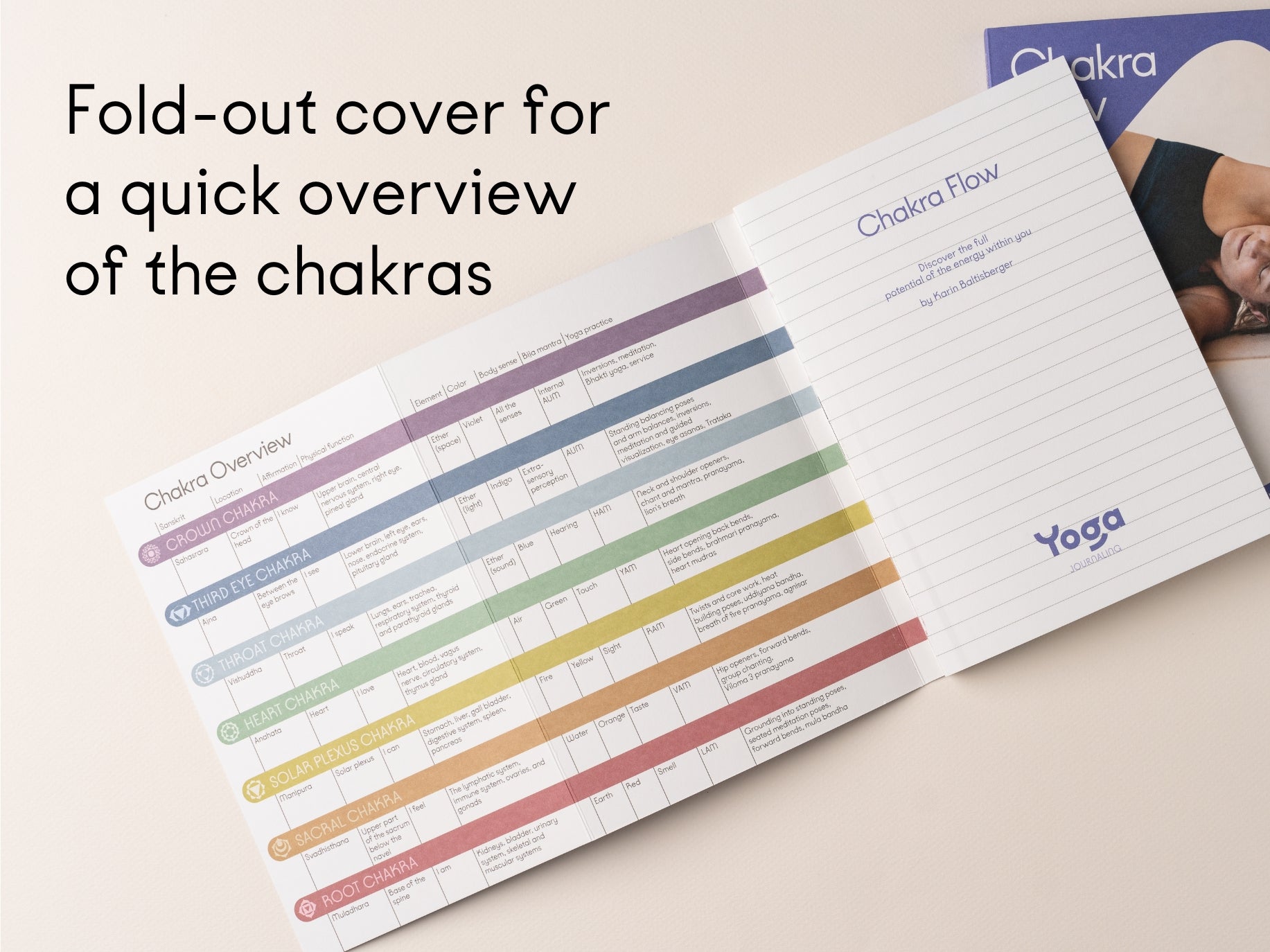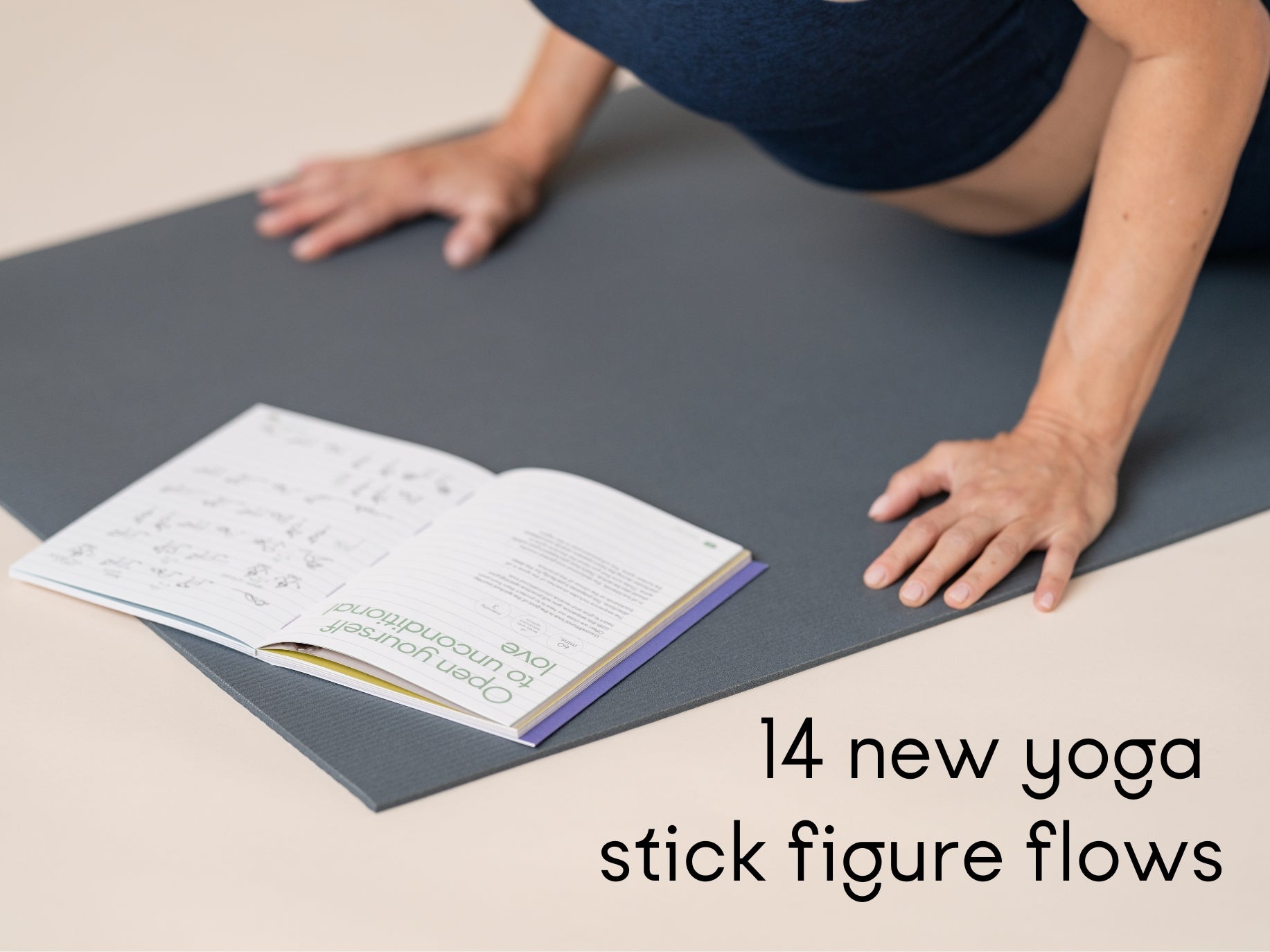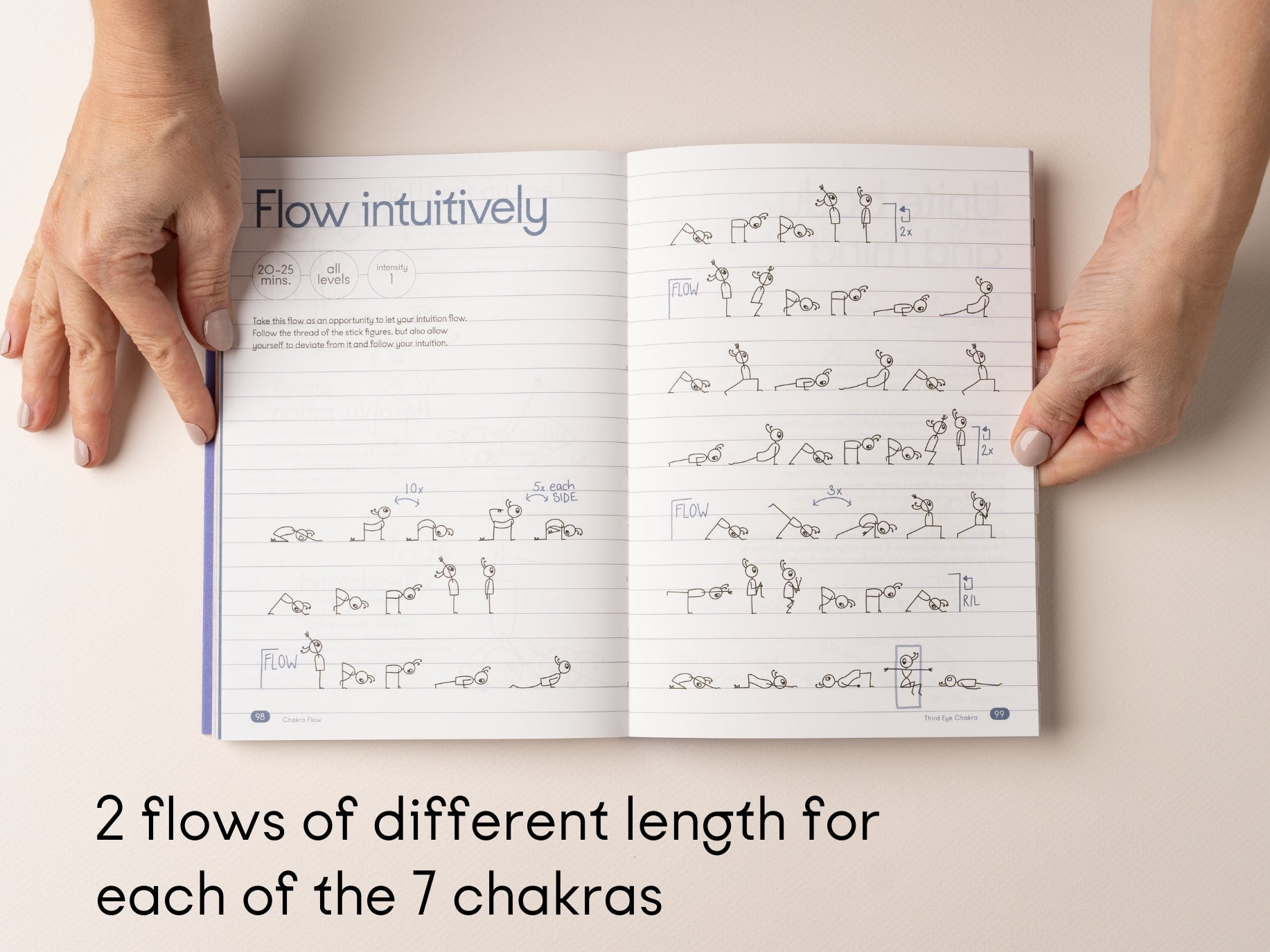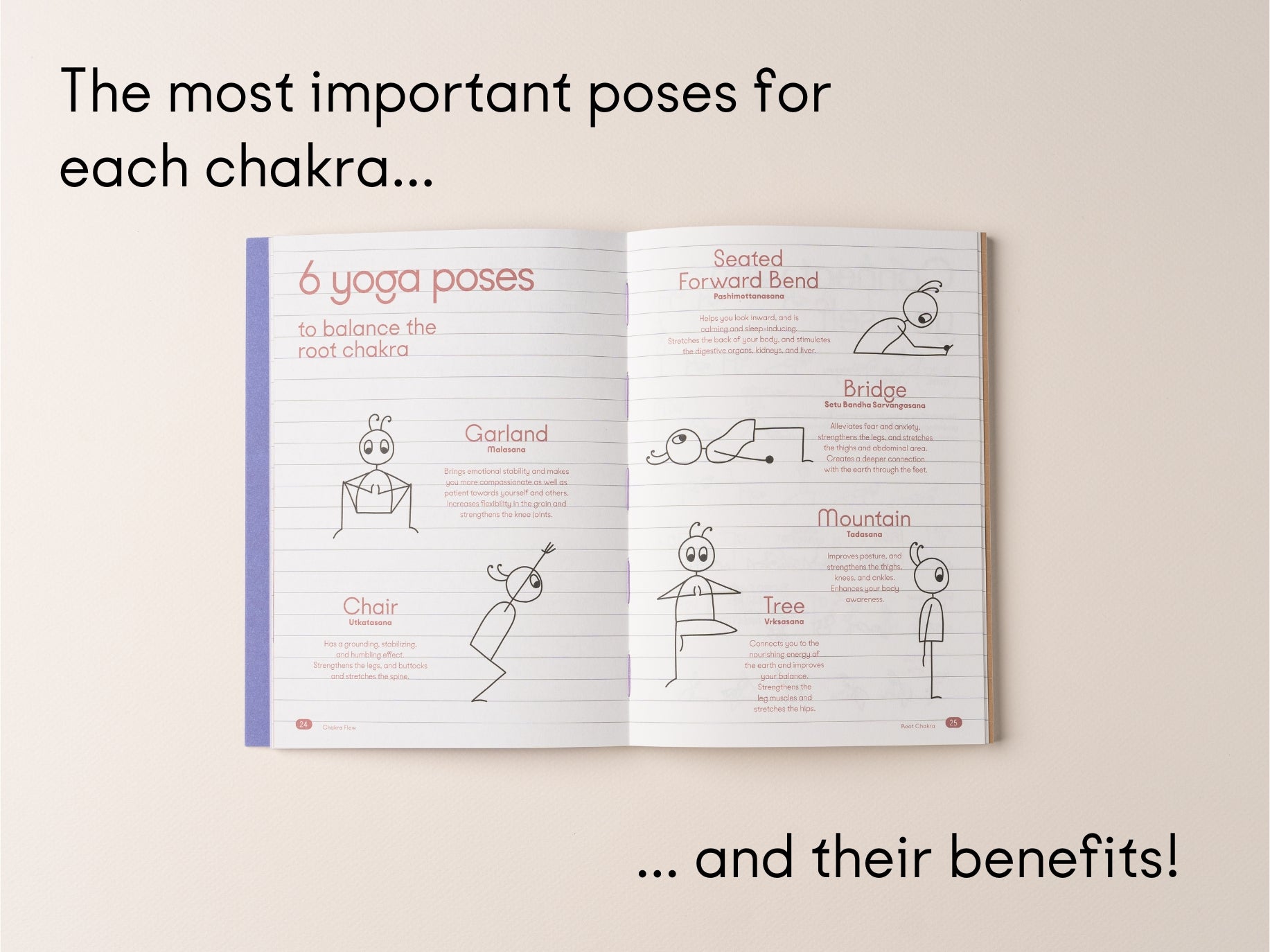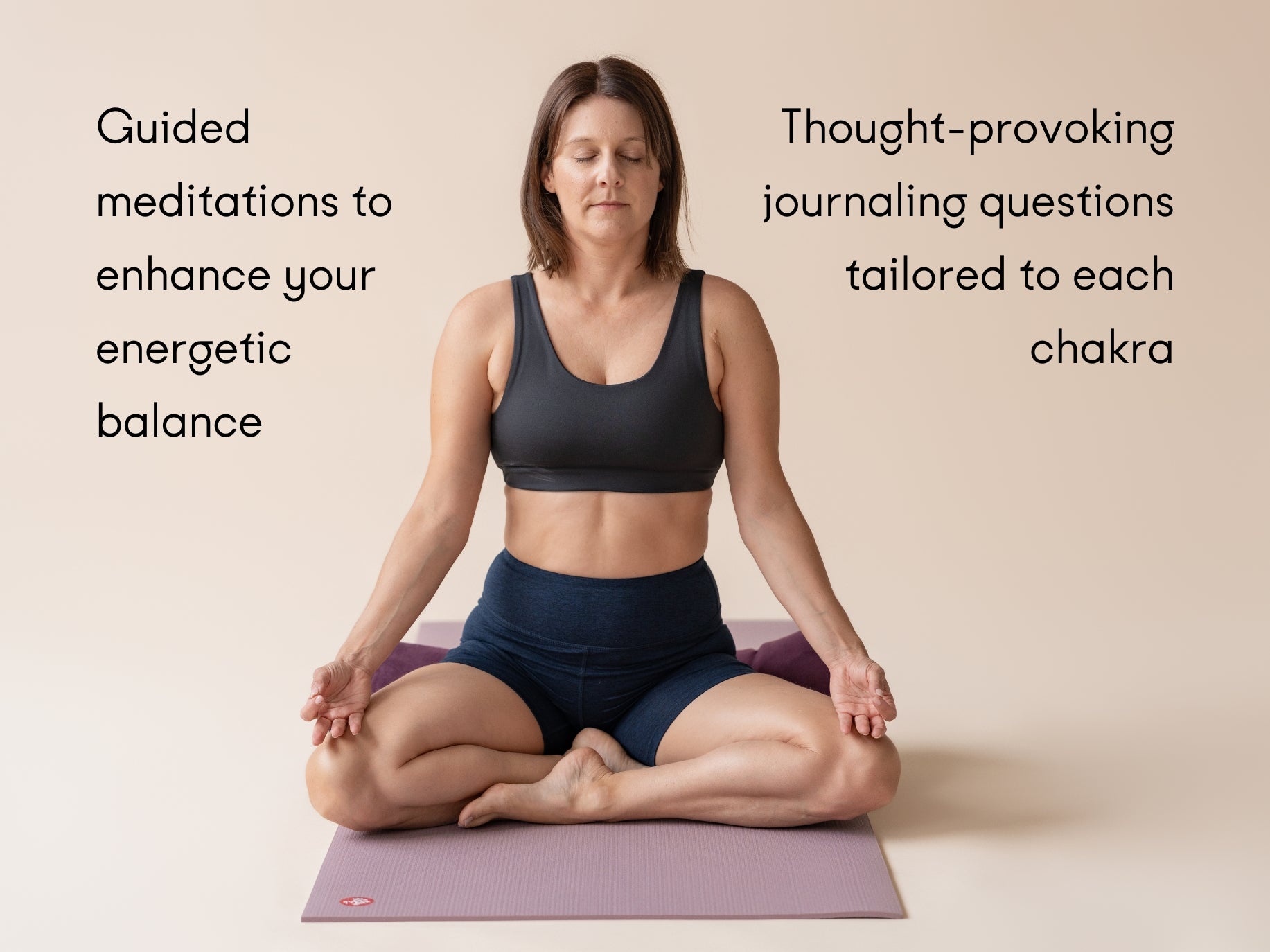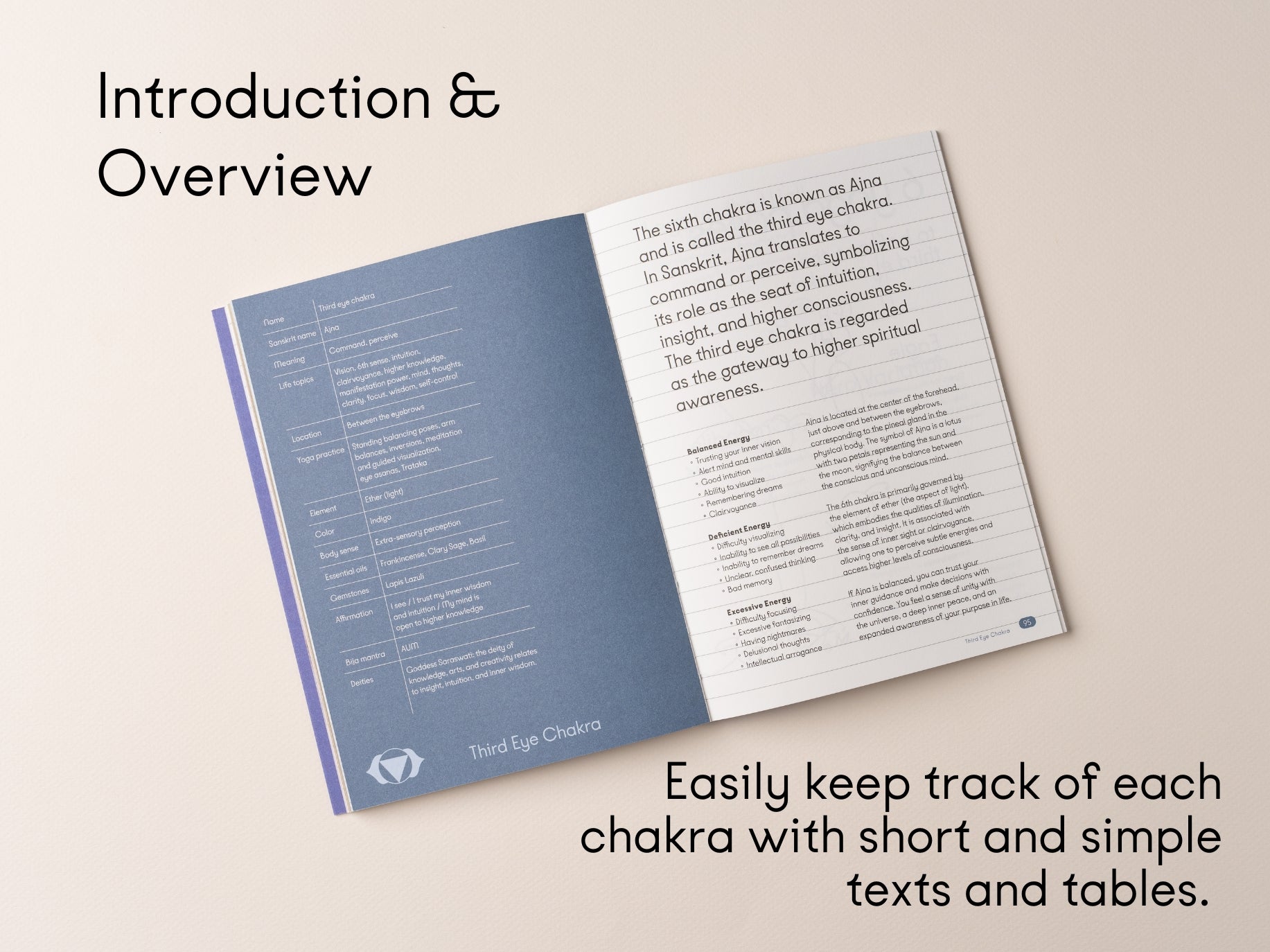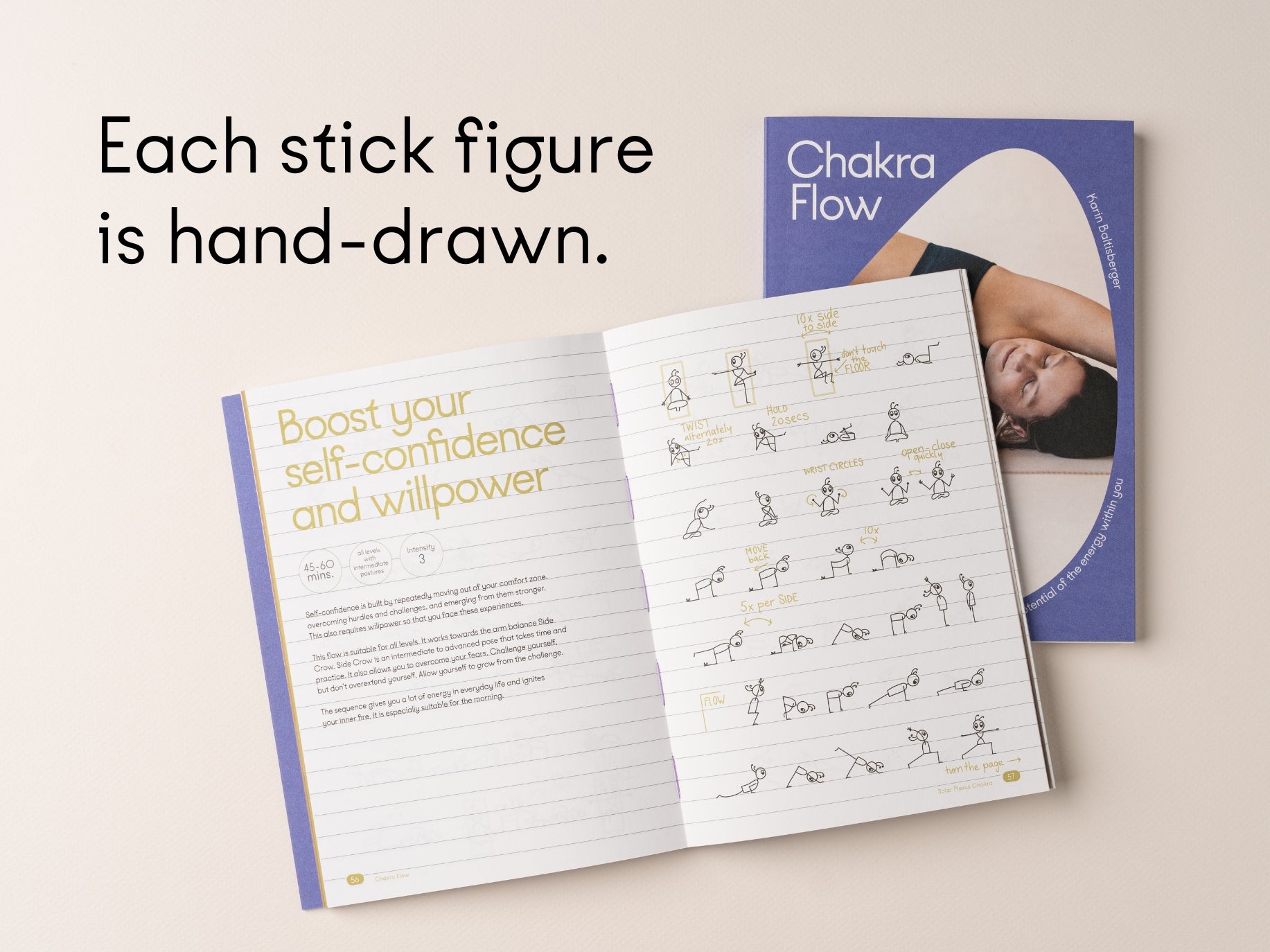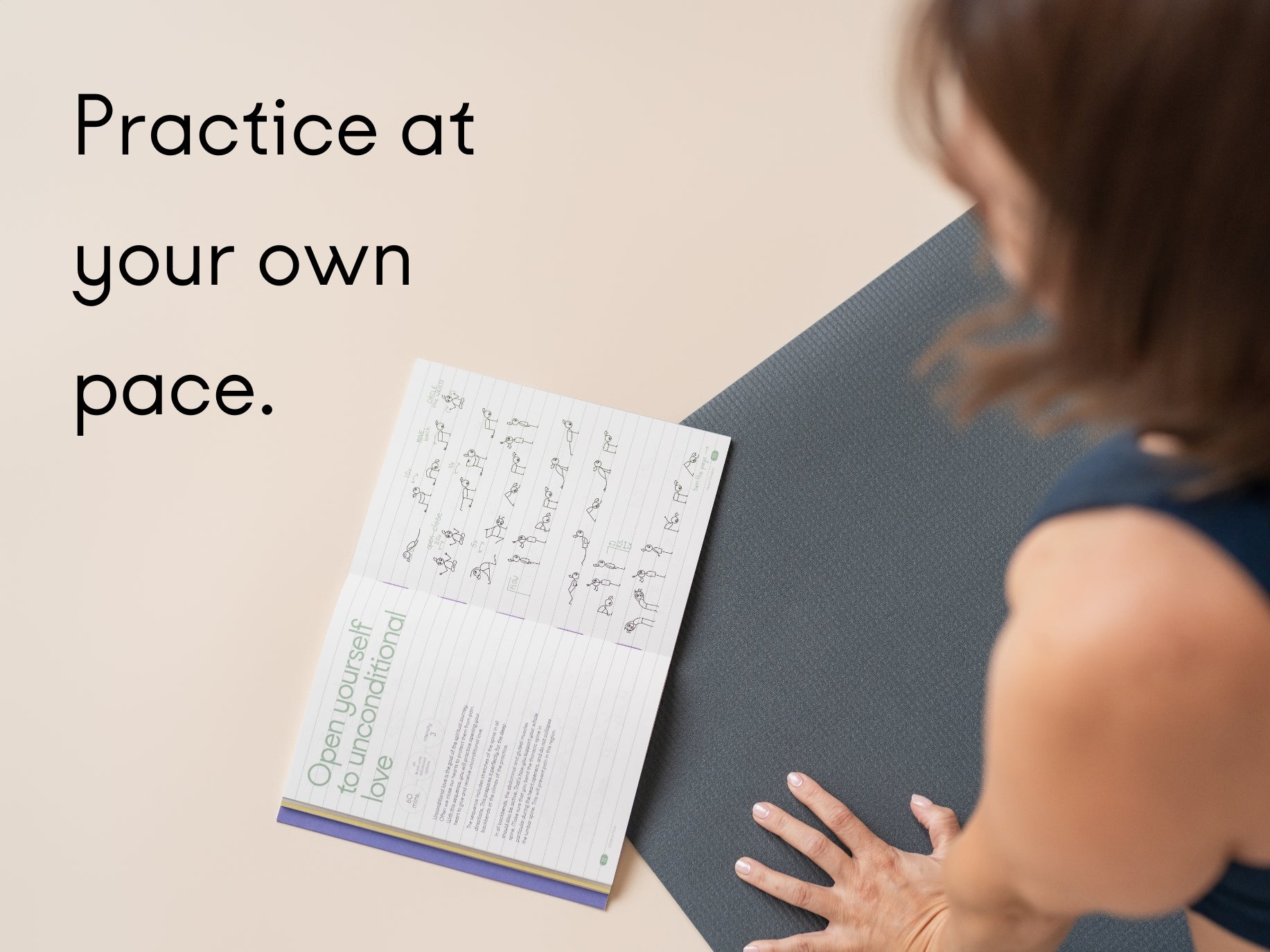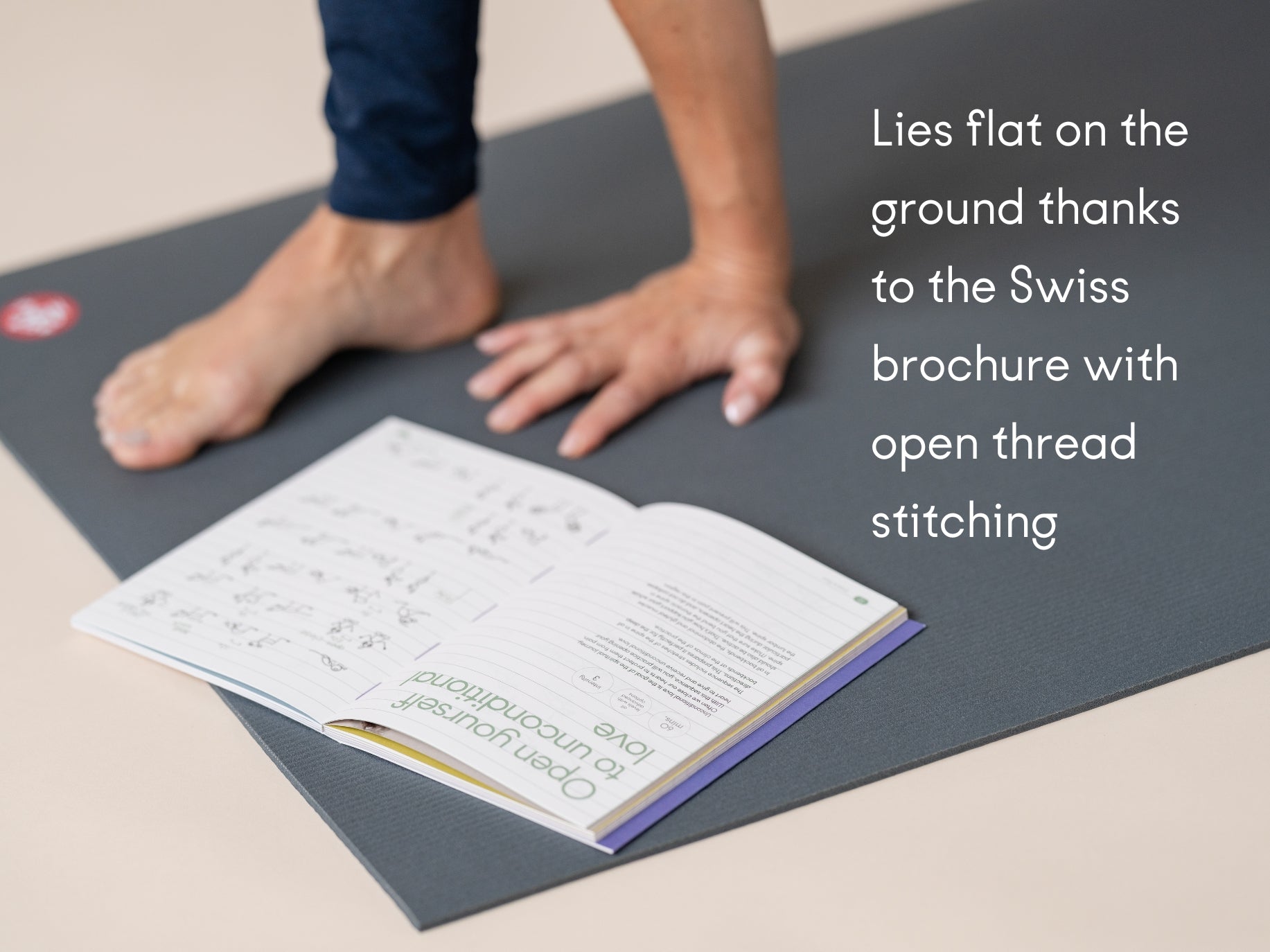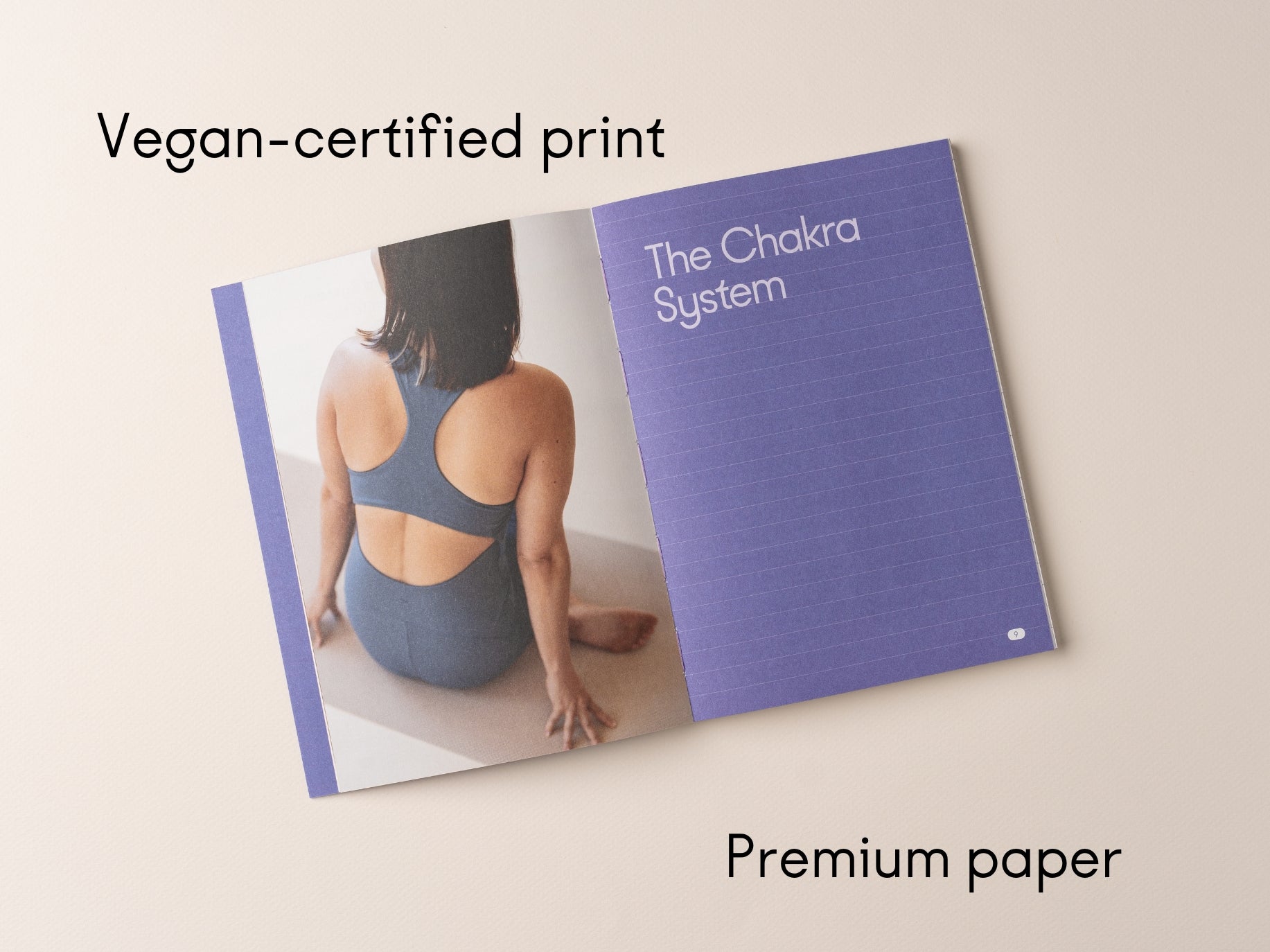Yoga sequencing is an art that balances body, mind, and breath. Whether you're a teacher crafting a class or a practitioner designing your home practice, the right sequence can deepen your experience. However, even seasoned yogis can fall into certain traps when designing sequences. Here are five common yoga sequencing mistakes to avoid to ensure a safe, effective, and enjoyable practice.
1. Ignoring Warm-Up and Cool-Down Phases
Why It’s a Mistake: Skipping the warm-up or cool-down is one of the most common mistakes in yoga sequencing. A proper warm-up prepares the muscles and joints for more intense postures, reducing the risk of injury. On the other hand, a cool-down helps to release tension, restore calm, and integrate the effects of the practice.
What to Do Instead: Start with gentle movements, such as cat-cow stretches, child’s pose, or easy twists to warm up the spine and wake up the body. Finish with calming postures like forward folds, supine twists, and savasana to promote relaxation and recovery.
2. Lack of Logical Flow
Why It’s a Mistake: A disjointed sequence can confuse the body and mind, making the practice feel awkward and potentially leading to strain. Moving from one pose to another without a logical progression can disrupt the flow of energy, creating a disjointed experience.
What to Do Instead: Design your sequence with transitions in mind. Poses should naturally flow into one another, with each posture preparing the body for the next. For example, after a warrior series, you might transition into balancing poses like tree pose, which builds on the stability and strength developed in the standing postures.
3. Overloading Intensity Early On
Why It’s a Mistake: Starting with intense poses like deep backbends or arm balances can shock the body and increase the risk of injury, especially if the muscles are not adequately warmed up. This approach can also lead to fatigue early in the practice, making it difficult to maintain focus and energy throughout.
What to Do Instead: Build intensity gradually. Begin with foundational poses that warm up the major muscle groups before moving into more challenging asanas. For example, start with sun salutations to warm up the body before progressing to standing postures, then incorporate deeper backbends or arm balances as the body becomes more prepared.
4. Neglecting Counterposes
Why It’s a Mistake: Counterposes balance the effects of more intense postures, helping to restore equilibrium in the body. Neglecting them can lead to overstretching or muscle imbalances, leaving the practitioner feeling uncomfortable or even causing long-term issues.
What to Do Instead: Incorporate counterposes to neutralize the effects of each pose. For instance, after a deep backbend like camel pose, include a forward fold such as child’s pose or a gentle twist to release tension in the spine and bring balance to the practice.
5. Forgetting the Breath
Why It’s a Mistake: Breath is the foundation of yoga, connecting the body and mind. A sequence that doesn’t prioritize the breath can feel disjointed and stressful. Holding the breath or forgetting to synchronize it with movement can also lead to unnecessary tension and reduce the benefits of the practice.
What to Do Instead: Ensure that your sequence includes clear guidance on breath. Encourage deep, mindful breathing, with inhalations and exhalations matched to movements. For example, inhale as you lift the arms in a sun salutation and exhale as you fold forward. This synchronization helps maintain a steady rhythm and promotes a meditative state throughout the practice.
Avoiding these common yoga sequencing mistakes can significantly enhance your practice, making it safer, more effective, and more enjoyable. Whether you're a teacher or a practitioner, paying attention to warm-up and cool-down phases, ensuring a logical flow, balancing intensity, incorporating counterposes, and prioritizing breath can transform your yoga experience. By mindfully crafting your sequences, you’ll create a practice that not only strengthens and stretches the body but also calms and focuses the mind, leading to a deeper connection with yourself.

